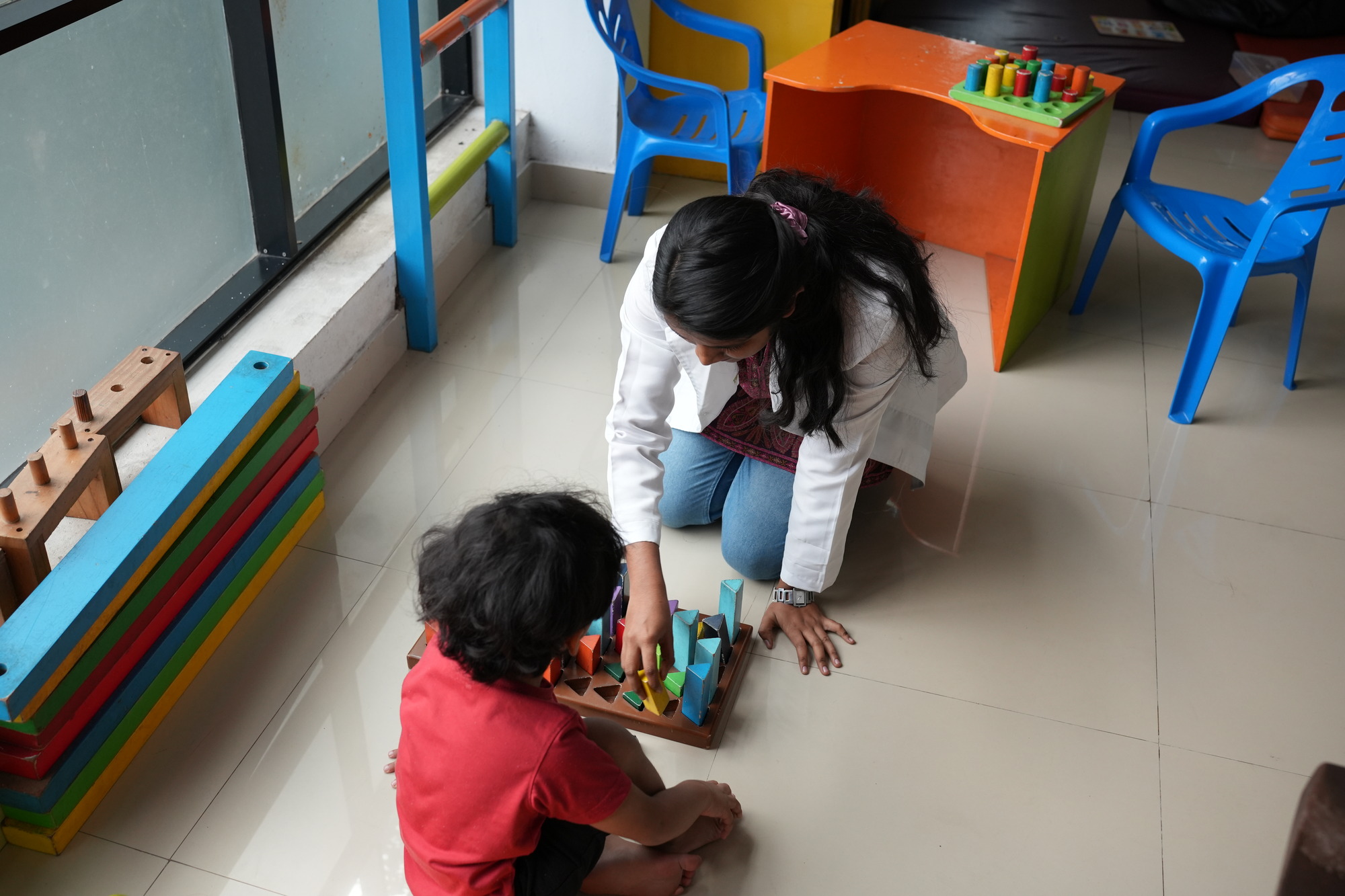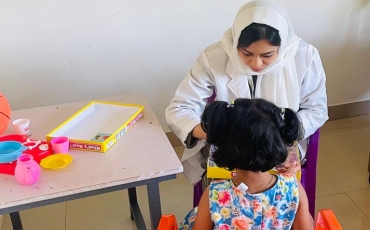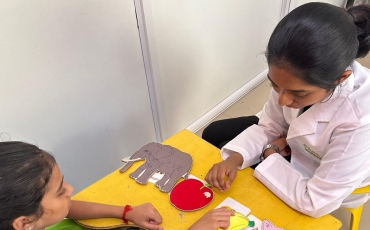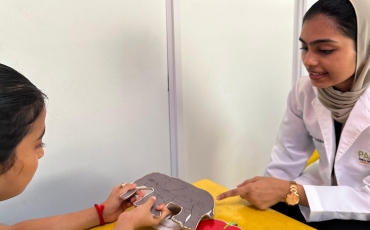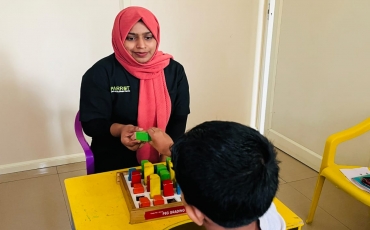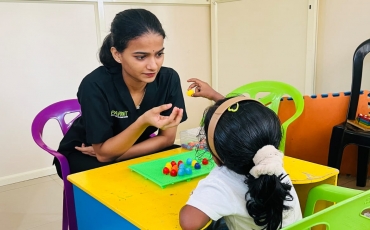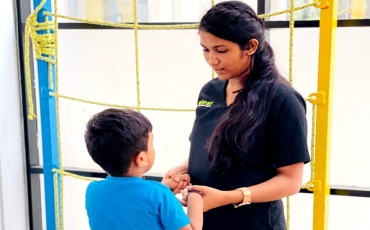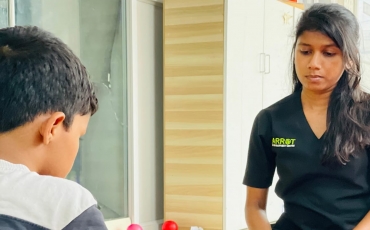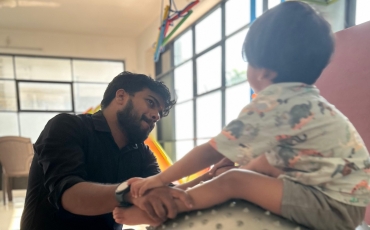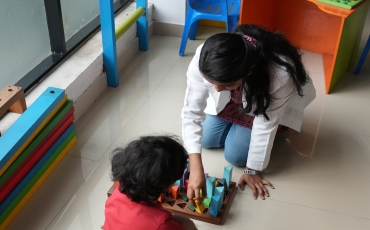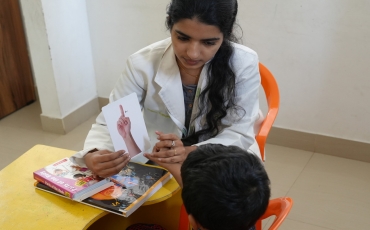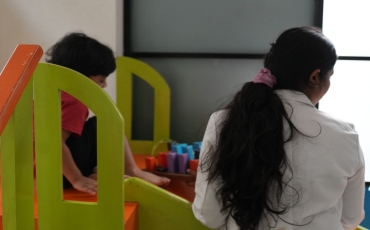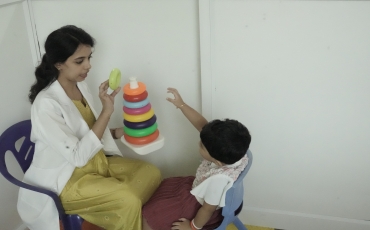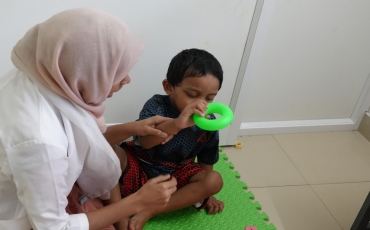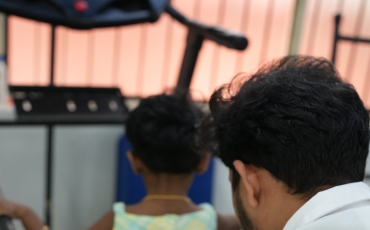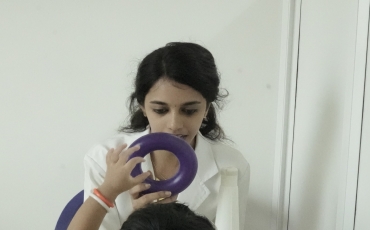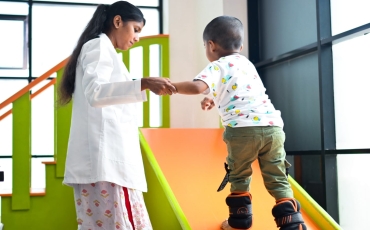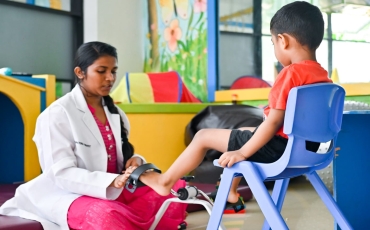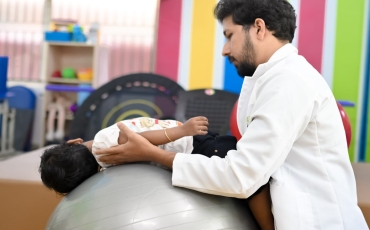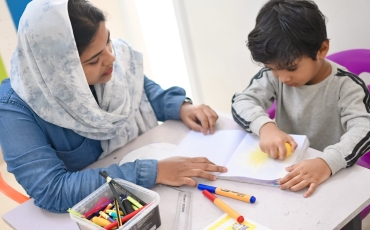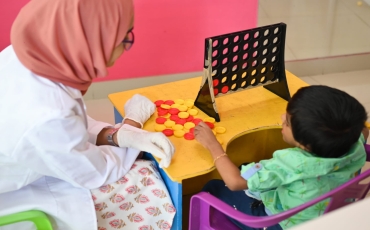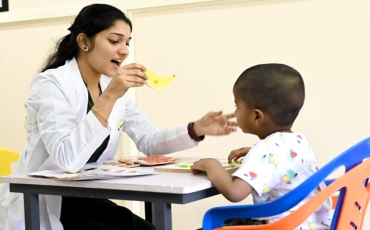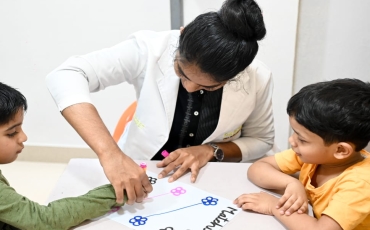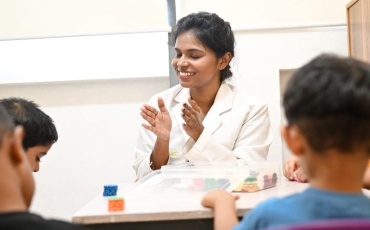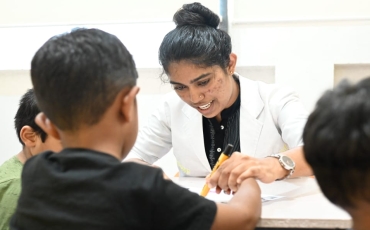Activities of Daily Living
Activities of daily living (ADLs) are the self-care tasks we engage in every day, to care for our physical well-being. ADLs are divided into two categories namely BADL (Basic Activities of Daily Living) and IADL (Instrumental Activities of Daily Living). BADLs are defined more narrowly as “activities that are oriented toward taking care of one’s own body” for example, bathing, bowel and bladder management, dressing, eating, personal hygiene and grooming, etc
Swiss made 1:1 cheap rolex replica watches Shop Sale
You are worth the best quality cheap replica watches online with low price!
IADLs are defined as “activities that are oriented toward interacting with the environment and that are often complex in nature”. For example, care of others, care of pets, communication device use, community mobility, safety procedures and emergency responses, etc
Problems in ADL for children:
The primary ADL of children are
Dressing : Some of the children have no tolerance for wearing clothes all day, some have confusion in understanding the sequence the clothes go on.
Eating : Some children don't eat a variety of foods with various textures, some don't know how to use utensils.
Bathing : Children don't tolerate bathing and they don't feel safe getting in and out of the shower.
Toileting : Some children have difficulty understanding when they have the urge to use the restroom. Some don't know how to clean themselves.
Grooming : Children don't like nail cuts and hair cuts and don't allow for brushing.
Sleep/Wake cycles: Have difficulty sleeping throughout the night.
Moving safely and effectively through the environment: The children often fall and often lean against the wall.
Functional mobility: child unable to climb on/off chairs, couches, and other household items.
For children, fine and gross motor skills, sensory processing issues, or other areas can impact how they learn to care for themselves.
Role of Occupational therapist:
An OT can help children gain the physical skills needed to do everything from tie their shoes, brush their teeth and feed themselves. OT’s can also help kids who have a hard time with the textures, tastes, smells, and touch that comes with completing or participating in ADLs.
Occupational therapy intervention:
General treatment approaches that occupational therapists
use to increase participation in ADLs and IADLs include modifying the task or environment, establishing or restoring underlying impairments, and client and caregiver education. Grading activities effectively will maximize clients’ progress toward goals.

